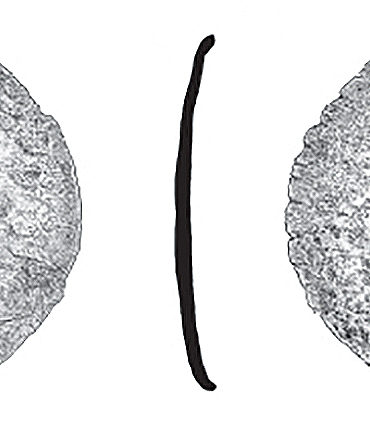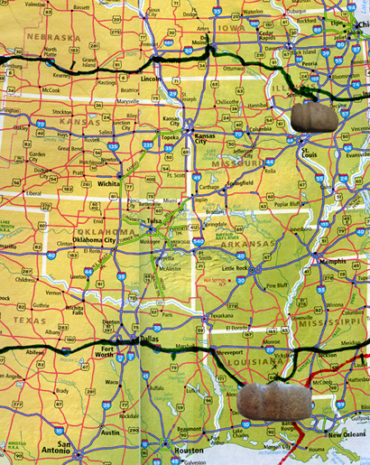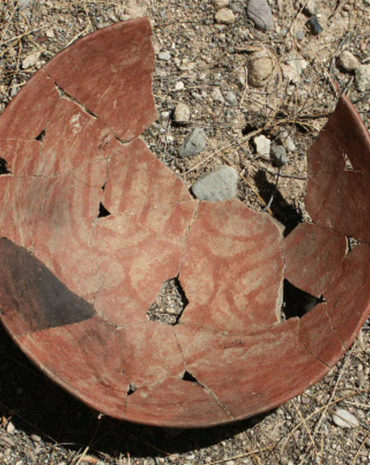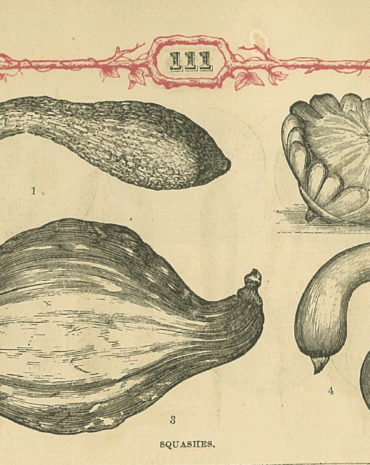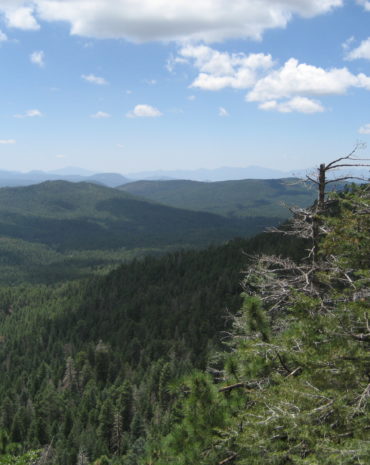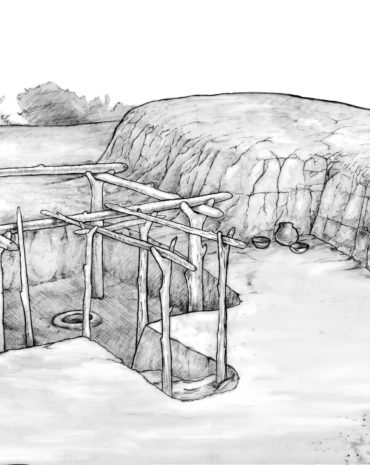 Aug 26
Aug 26What We Have Learned So Far: The Early Agricultural Period in Southern Arizona
Desert Archaeology project directors Homer Thiel and Gregory Whitney bring us up to speed on the current archaeological understanding of the ancient peoples who first grew crops in southern Arizona, centuries before the introduction of pottery and the development of the Hohokam culture. The Early Agricultural period is the time…


